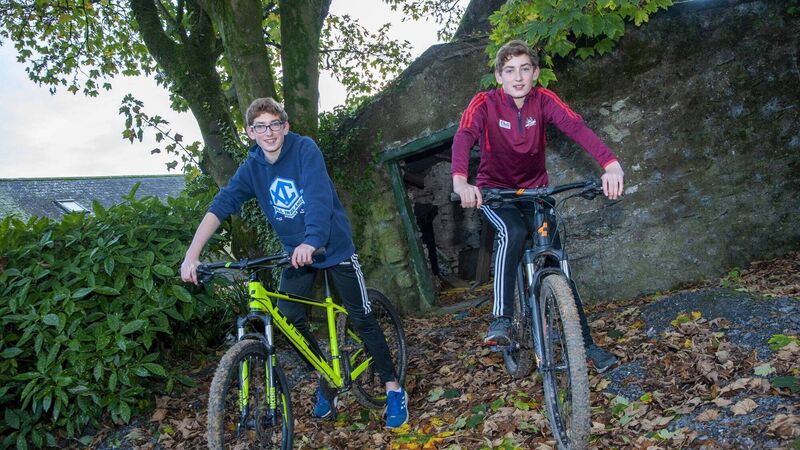Childhood diabetes: 'Luckily, we caught it on time'

Twins Luke (left) and Michael Mullins from White’s Cross, Cork, both have type 1 diabetes. They have to weigh all their food to calculate the amount of carbohydrate it contains.
Childhood diabetes is on the rise. The number of new diagnoses is increasing by 4% every year. That figure is even higher in the under-fives, with the incidence in that age bracket growing by 5% annually.
Consultant paediatrician Dr Colin Hawkes sees this in his work in the diabetes clinic at Cork University Hospital (CUH).

Celebrating 25 years of health and wellbeing











